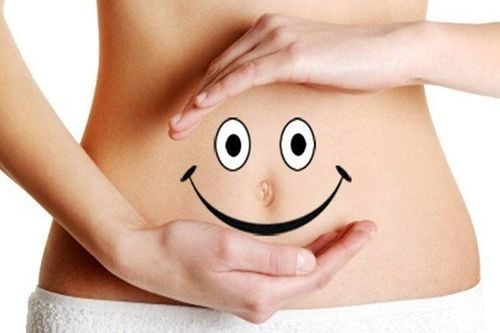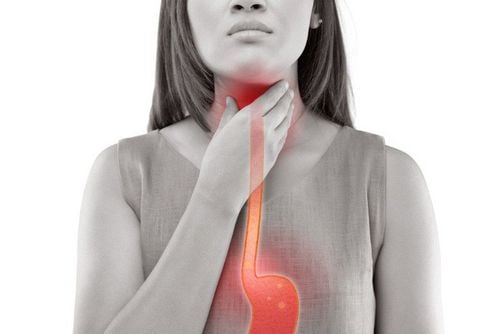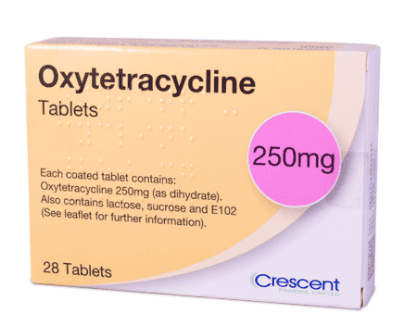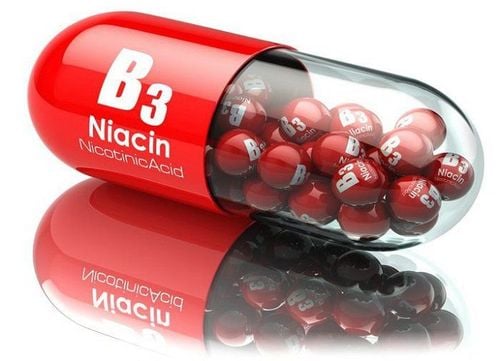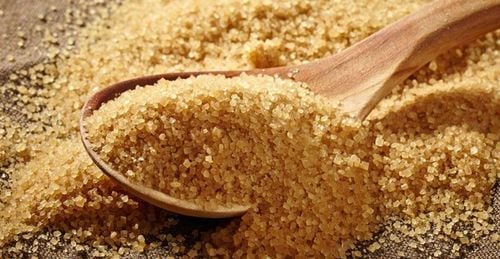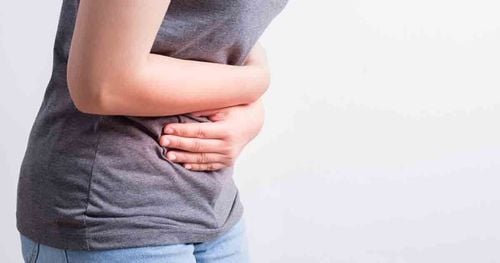This article is professionally consulted by Dr. Vu Thi Duyen, MSc, MD - Nephrologist - Endocrinologist, Department of medical examination & internal medicine - Vinmec Hai Phong International Hospital
Diet plays an important role in the treatment of diabetes. Diet needs to ensure that it provides adequate nutrition and energy for the patient and does not cause high blood glucose, controlling blood sugar within the permissible limit.
1. Diets for patients with diabetes
Nowadays, diabetes is one of three diseases that increase with age: Cardiovascular disease, cancer and diabetes. In addition to using medication for controlling blood glucose, a suitable diet contributes enormously: When having a suitable diet which contributes the main parts:
- Maintain health for patients, prevent malnutrition due to overly restrictive eating. In fact, there are some patients with diabetes who are very afraid of eating, overly restrictive with food and do not dare to eat many types of food, for the long term that will cause nutritional deficiencies and seriously affect health.
- Avoid the excessive increase in blood sugar due to not knowing how to choose food. Take less rice but eat lots of glass noodles, or have much more root vegetables. All these conditions are due to the lack of knowledge about the nutritional value of each type of food when people are not consulted, that significantly affects the outcome of treatment.
- Restrict the use of medicine: If the patient has the right diet, it will cause the non-increasing blood glucose of the patient and the limit of using more medicine or not to use medicine if there is no clinical diabetes .
- Limit complications: a glucose-restricted diet will contribute to limit complications. The authors believe that if blood glucose is too high, it’s very easy to cause acute complications..
* Nutritional principles in the treatment of diabetes:
+ Adequate protein, fats, carbohydrates, vitamins and minerals, sufficient water.
+ Do not increase blood glucose level after meals.
+ Do not decrease blood glucose level when far from meals.
+ Maintain normal daily physical activity.
+ Maintain ideal weight.
+ Do not increase risk factors such as lipid disturbances, high blood pressure, kidney injury...
+ Suitable for the patient's food habits.
Meals for people with diabetes need to pay attention to the following points:
- Divide the daily food intake of a day into many small meals, besides 3 main meals including breakfast - lunch - dinner, patients should have more snacks in the middle of the morning and lunch, lunch and evening, before bedtime. Dividing meals into small portions will help stabilize blood glucose, prevent blood glucose from rising after eating, and prevent it from decreasing when hungry.
- Diabetic patients: Should choose foods with low glycemic index (Gl) such as: brown rice, root and tuber vegetables (however, do not eat baked potatoes, grilled potatoes), green vegetables (400g/day) and low-sugar fruits such as: guava, dragon fruit, grapefruit, apples, peeled oranges without squeezing juice to drink.
- In the diet you should limit foods containing a lot of sugar such as candy, sweetened milk, sugary drinks, sweet fruits such as bananas, longans, mangoes, jackfruit, sugar apples,...
- During the food processing you should not cut or slice food too small and should not cook or simmer food too soft. Because if you do so, the food will be quickly digested and absorbed, that rapidly increases sugar in blood after eating and decreases blood glucose when hungry, when far from meals.
- Diabetic patients need to adjust their diet so that their weight is not less than the square of their height x 20 and not greater than the square of their height x 22. It’s necessary to monitor their weight to be able to adjust their diet accordingly.
- The diet still needs to provide adequate nutrients such as protein, carbohydrates, fats, vitamins and minerals to ensure meeting the body's nutritional needs.
>> See more: Types of drugs for treating diabetes
2. What foods should diabetic patients eat?
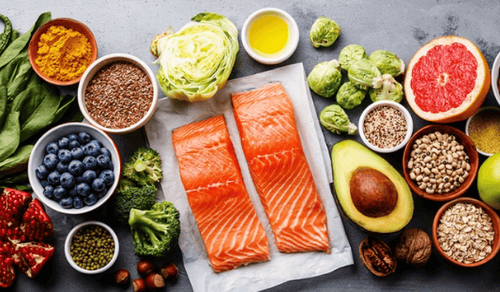
Good foods the diabetic patient should eat:
- Brown rice and whole grain rice.
- Root and tuber vegetables.
- Nuts, beans.
- Green vegetables.
- Less sweet fruits such as: dragon fruit, guava, grapefruit, orange, apple,...
- Sugar-free milk, milk for diabetics.
3. What foods should diabetic patients not eat?
Foods that diabetic patients should not to eat:
Types of unhealthy foods that diabetic patients should not to eat:
- White bread.
- Grilled potatoes.
- Well-polished rice.
- Cellophane noodles.
- Sugar.
- Cake and candy.
- Sweet drinks.
- Sweet fruits such as: watermelon, longan, custard apple, mango, jackfruit,...
- Limit sweeteners containing energy such as Sucrose, Glucose,...
- In sugary drinks, do not overuse low-calorie sweeteners, such as products containing sweeteners labeled “Light”.
- Should not consume salty food, especially in patients with both diabetes and high blood pressure.
4. Some dietary misconceptions among diabetic patients
Nowadays, there are still some misconceptions about diet for diabetic patients that by word of mouth a lot, such as:
- People with diabetes should only eat cellophane noodles, not rice: this is completely incorrect. Because cellophane noodles and rice are both foods that provide carbohydrates, in which the glycemic index of cellophane noodles is 95 higher than white rice, which is 83.
- Diabetic patients need to stop eating starch: this is also a misconception. Diet for diabetic patients is not required to stop eating starch, but need to balance the amount of starch in the day to provide 45 - 55% of energy for the body.
- Diabetic patients can eat instant noodles instead of rice: this is also not true. Because instant noodles are also in the group of foods containing a lot of carbohydrates. Therefore, diabetic patients need to reduce their consumption of instant noodles. When eating instant noodles, you can add about 150g of green vegetables (cabbage, bean sprouts, chrysanthemum greens,...) and add 3 shrimp or 30 g of beef to balance nutrients and lower blood glucose level rather than eating instant noodles only.
To arrange an appointment, please call HOTLINE or make your reservation directly HERE. You may also download the MyVinmec app to schedule appointments faster and manage your reservations more conveniently.





